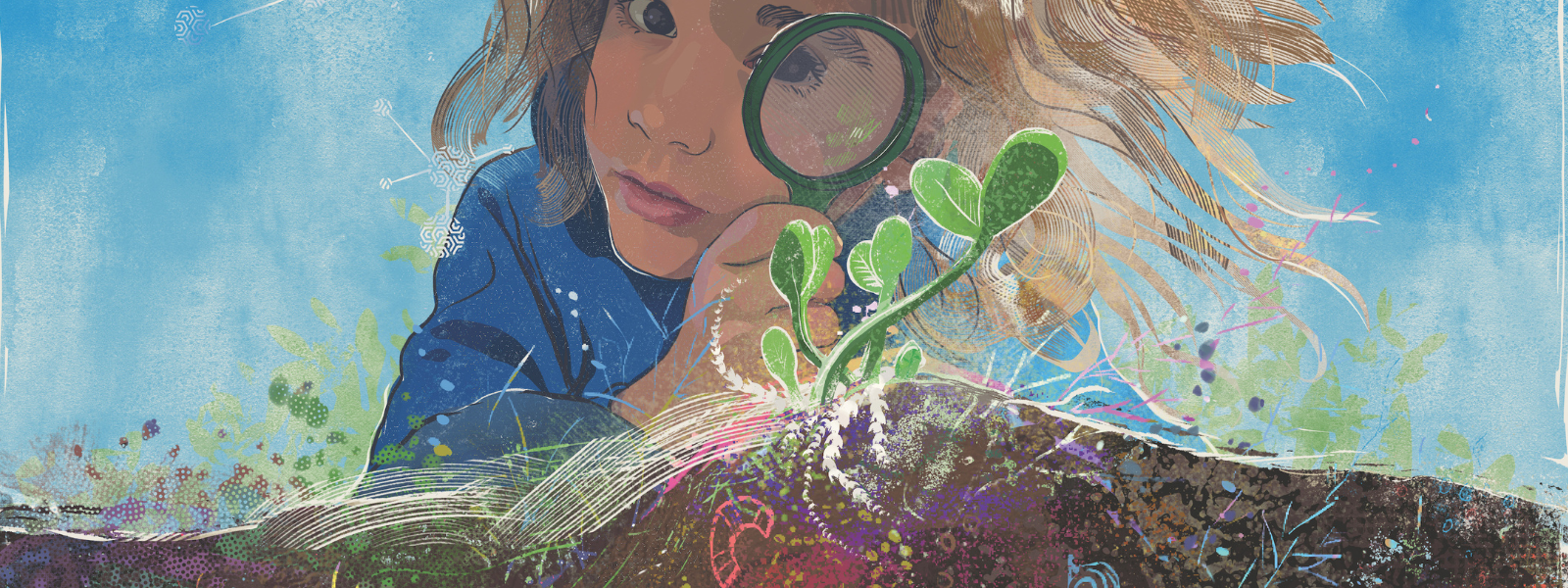Behind the Scenes: Greenhouse Planning
From the time we open at the end of April, our greenhouses are filled with hundreds of vegetable starts and beautiful flowers. Last week I sat down with Michelle to find out more about all the work she puts into planning each year.
Laura A. – What do you do at the end of the season to prep for the next year?
Michelle S. – At the end of the season we review our notes from the season and take inventories. During the year we keep track of what grew well in the greenhouses and fields, what was popular or requested by customers, and any structural or other issues we encountered during the season. Our inventories include seeds, tags, pots, tools, pottery, and other items.
Laura A. – When do you officially start planning for the next season?
Michelle S. – Planning actually begins in October, before the season even ends. I need to place orders for our herbs, perennial starts, and annuals that we don’t grow from seed so that (1) the companies we order from can plan and begin growing them out and (2) to guarantee our selection for the next season. Some plants sell out by the end of October.
Laura A. – Can you take us through the steps? Where do you even begin?
Michelle S. – For our annual greenhouses, I plan out our hanging baskets first. When we order flowers for our hanging baskets they come in small “plug trays” containing anywhere between 64 and 102 live plants. After all the plants are planned out for our hanging baskets I calculate any leftover plugs and add them to the selection we will have available on our tables in 4-inch or 6-inch pots. That gives me a number to gauge how much space I have left to order and seed plants for the tables in the greenhouses.
Laura A. – How do you choose which flowers and vegetable starts to bring in?
Michelle S. – I try to grow flowers and vegetables that people love. I welcome customers to make requests and teach me about a plant that I may not be familiar with. I also try to bring plants that I have fallen in love with and educate people about them. Diversity in any garden is important to keeping healthy soils and pollinators.
Laura A. – You mentioned that companies need time to grow out some herbs, perennials and annuals for us. Why don’t we start all of our plants from seed?
Michelle S. – There are a number of plants that we do not grow from seed because they take a long time to grow, are difficult to grow from seed or are propagated from live tissue cuttings. Since we also do not have the space or heat to care for them during the winter, we order most of our perennials and herbs in as small starts. This allows us to have big healthy perennials and full hanging baskets in May.
Laura A. – What about vegetable starts? Are those started from seed?
Michelle S. – All plants in our vegetable greenhouse are done by seed. We have a plan for what is seeded every week based on when people will be likely to plant them in their gardens. For example, we try to have all our tomato and pepper plants ready for Memorial Day weekend. If they’re ready any sooner, they will get too big and leggy by the time they can be planted. Any later, they will be too small to plant. Every week, we cycle out plants that have become too big and need to be planted right away. These plants are donated to Willing Hands and planted by volunteers in the Willing Hands Garden. This helps us cut down on greenhouse waste and helps them cut down on costs.
Laura A. – When do you start seeding and planting?
Michelle S. – We begin seeding the first week in February. Our first plant shipment arrives the first week in March.
Laura A. – Okay, last question. Do you have a favorite plant?
Michelle S. – I have never been able to pick a favorite flower. They are all so interesting and fun to work with. But I do love to grow hot peppers and tomatillos in my vegetable garden at home.







